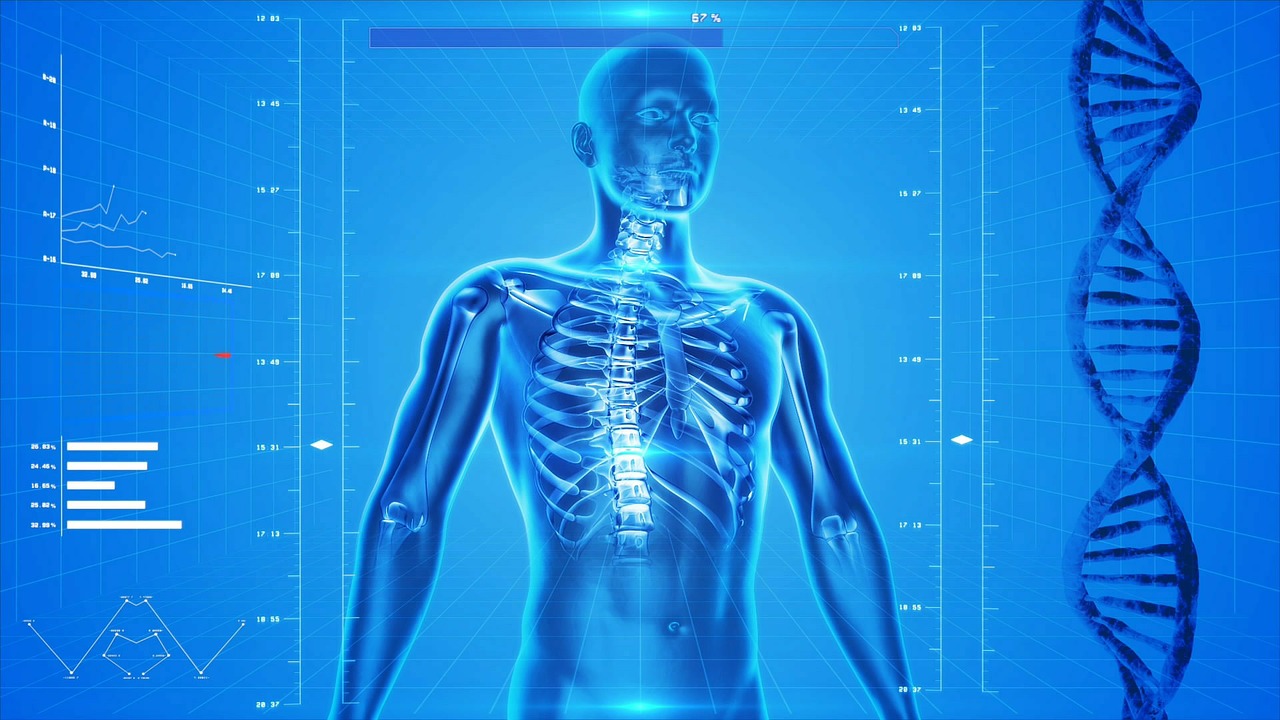It’s been over two decades since I walked into the anatomy lab at medical school. Immediately the memory of formaldehyde assaults my senses. Each week, I would change into the same lab outfit. At the end of the year, I threw out those clothes. There was not way to get the smell out of them. How did we stand it? The nose (as we would learn in class) has the wonderful ability to stop registering a smell after a few minutes and only register a change in smells. Hence, we survived the pungent odor of formaldehyde.
Four of us were assigned the same cadaver. We performed the anatomy dissection lab as a group. The professors walked around observing and assisting when we had questions. We were trying to make practical sense of the information that we had learned from lecture and readings.
“Form follows Function”
As we entered the mystery of the body with gloves and scalpel, we studied the parts to understand the whole. We studied the structure and named the arteries, veins, muscles, and bones. “Form,” we were told, “follows function.” The form or structure determines the function. Over the course of that year, the mystery of the body revealed itself to us.
I’m teaching anatomy and physiology.
Next semester, I’m entering the anatomy and physiology lab at Florida Gulf Coast University, but this time as a lab instructor for undergraduates. After graduation, they hope to enter programs in nursing, physical therapy, medical illustration, or even medicine. At the beginning of each week, the students attend lecture with another professor. Later in the week, they will arrive in the anatomy and physiology lab. However, there is no pungent formaldehyde. This is not a human dissection lab, but an interactive exploration of the material with boxes of bones, pathology slides, plastic models, and other activities. And in my class, stories! (Yes, I’m a Storyteller in everything I do.)
While I am a little anxious about doing something new and figuring out the technical details, I am excited to have fun with the class. As a part-time physician, I can honestly say that I use the material from anatomy and physiology in a practical way every time that I see a patient. I am fluent in the language of medicine with the scientific names of muscles and bones, but I also speak the everyday language to explain the science to patients without the jargon. As far as I can tell, I will be teaching the language of anatomy using the everyday lay-person language.
Two Languages
Why do we need two languages? The language of science allows me to talk with precision to other doctors and record the information for future reference. In my day to day world of lay-person speak, the “stomach” can refer to that soft fleshy belly. You might even have “heartburn” in the stomach which has nothing to do with the actual heart organ. In medical-speak, the “stomach” refers to the stomach organ inside the body.
We teach anatomy and physiology with its own precise vocabulary for the function of advancing medical knowledge and delivering medical care. Form follows function, even in language.
Finding Stories
As I start to explore the memories of a career in medicine and uncover the meaningful stories, I also translate technical terms into common terms. We all have stories to tell with universal themes that come from places that have very technical language. In storytelling… in teaching… in doctoring… the skill is to be fluent in more than one language… the ability to explain the jargon in common terms.
So go out and tell your stories. If you are like me and get confused looks from time to time, remember that you might need to explain your “language” … and wish me luck translating my stories for anatomy and physiology lab.
